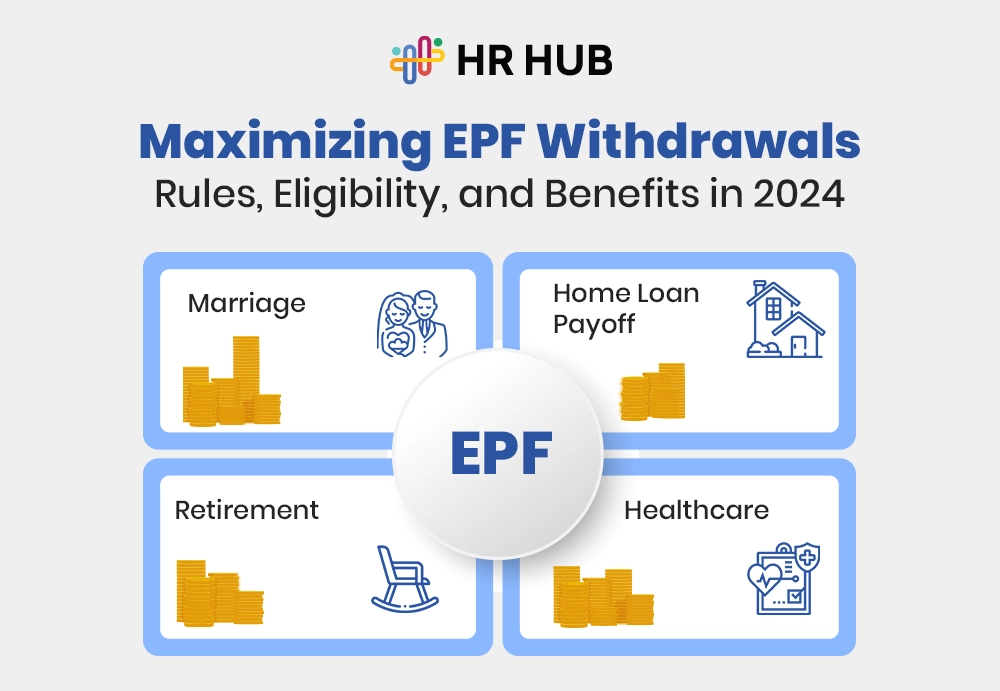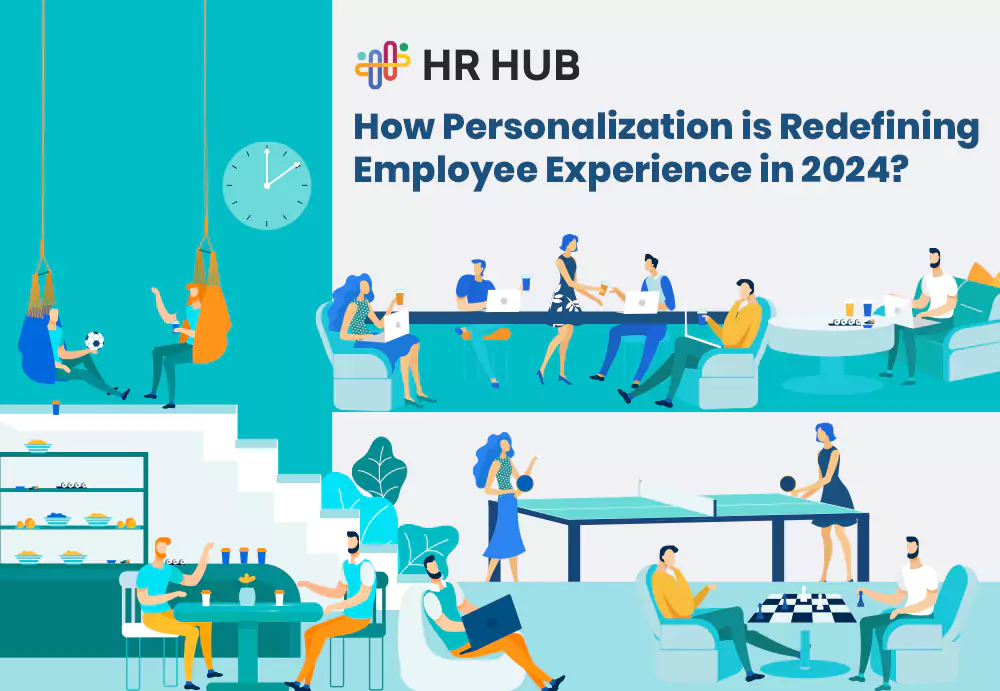Workplace discrimination is often discussed in the context of race, gender, or disability, but one form of bias remains largely unspoken—ageism.
Whether it’s the assumption that older employees are resistant to change or that younger employees lack leadership potential, age discrimination is deeply embedded in workplace culture.
The irony?
It affects everyone at some point in their careers. If left unchecked, ageism limits career opportunities and weakens workplace diversity, productivity, and innovation.
Despite its prevalence, ageism is rarely a focal point in diversity and inclusion efforts. Many employees suffer in silence, believing speaking up might harm their career prospects.
What is Ageism?
Ageism refers to discrimination, prejudice, or stereotyping based on a person's age. It can affect both younger and older employees, leading to unfair treatment in hiring, promotions, workplace culture, and career development. Ageism can be intentional and unintentional, often manifesting in ways that limit opportunities and create workplace disparities.
Common stereotypes include:
- Older employees are less adaptable and struggle with technology, leading to exclusion from tech-related projects.
- Younger employees are inexperienced and lack commitment, often seen as “job hoppers.”
- Older workers are expensive due to higher salaries and benefits, making them vulnerable to layoffs.
- Younger workers are unreliable and assumed to lack the maturity needed for leadership roles.
These biases create barriers for employees at both ends of the age spectrum, limiting growth and fostering a discriminatory work environment. Organizations can create a more balanced and inclusive workforce by recognizing and addressing these stereotypes.
Forms of Age Bias
Ageism can take several forms, including:
- Explicit Bias: When hiring managers openly reject candidates based on age, assuming they are too old to adapt or too young to take on responsibility. This form of discrimination is often easy to identify but challenging due to unspoken workplace norms.
- Implicit Bias: Subtle, often unconscious assumptions that influence decisions, such as believing older employees struggle with technology or younger ones lack experience. These biases can affect hiring, promotions, and everyday interactions, reinforcing stereotypes that limit opportunities.
Why an Age-Diverse Workplace is a Game-Changer?
A workplace that embraces employees of all ages isn’t just fair—it’s a powerhouse of innovation, performance, and retention. Here’s why having a mix of generations on your team can be a game-changer for your business:
1. Boosts Performance & Productivity
Want your teams to make better decisions and solve problems more effectively?
Studies show that age-diverse teams perform better, especially in complex decision-making tasks.
The mix of experience and fresh perspectives leads to smarter, more strategic outcomes.
2. Reduces Employee Turnover
High turnover drains time, money, and morale.
But here’s the good news—older employees (55+) tend to stick around longer, bringing stability and institutional knowledge to your company.
A workforce with age diversity can help improve retention and create a more engaged team.
3. Sparks Innovation
Different generations bring different perspectives, and that variety fuels creativity.
A mix of young and experienced minds working together leads to fresh, forward-thinking ideas that keep your company ahead of the competition.
4. Expands Skillsets & Strengths
Each generation brings something valuable to the table.
Younger employees may be digital natives, while older employees excel in interpersonal and leadership skills.
By combining these strengths, your business becomes more versatile and adaptable.
5. Preserves Traditional Business Expertise
While digital communication dominates, traditional business skills—like strong customer relations and negotiation tactics—are still crucial.
Older employees often have years of experience with these skills, helping your business connect with a broader audience.
6. Creates a Culture of Mentorship
An age-diverse workplace is a built-in mentorship goldmine.
Older employees can guide younger ones with industry knowledge, while younger workers can introduce new tech skills and trends.
This exchange of knowledge strengthens your company’s culture and keeps everyone growing.
By addressing these issues, companies can create a workplace that values all employees, regardless of age.
Signs of Age Discrimination in the Workplace
Age discrimination can take various forms, often going unnoticed. Here are some key indicators:
Hiring Biases
Job postings with age-coded language like “digital natives” or “recent graduates” subtly exclude older candidates.
Similarly, some roles overlook younger employees for leadership positions due to a perceived lack of experience.
Companies may also avoid hiring older workers due to assumptions about their ability to adapt to new trends.
Limited Career Growth Opportunities
Older employees are often passed over for promotions in favor of younger colleagues, despite having the necessary skills and experience.
They may also be excluded from professional development programs, making it harder for them to stay competitive in the job market.
Workplace Culture Favoring Younger Employees
Office perks, social events, and training programs are often designed with younger employees in mind, making older workers feel excluded.
A lack of representation in leadership roles can further reinforce this bias, leading to disengagement among senior employees.
Early Retirement Pressure or Exclusion from Major Projects
Encouraging senior employees to retire early or limiting their responsibilities can be a form of indirect discrimination.
This often happens under the guise of "making room for fresh talent," when it diminishes the value of experience and expertise.
Tech-Stereotyping
Assuming older employees struggle with technology can result in exclusion from tech-driven projects.
Instead of offering training or mentorship, many organizations assume that younger workers are naturally better suited for digital transformation initiatives.
Pay & Benefit Disparities
Older employees may be denied raises or professional development opportunities compared to younger colleagues.
Meanwhile, younger employees may receive lower salaries due to assumptions about their experience levels, creating an unfair pay gap across age groups.
Bias in Performance Evaluations
Performance reviews may reflect assumptions that older employees are less adaptable or that younger employees are too inexperienced to lead.
These biases can result in unfair assessments, making it difficult for employees of all ages to receive the recognition they deserve.
The Impact of Ageism on Businesses and Employees
Ignoring age diversity in the workplace has significant consequences:
Lower Employee Morale and Productivity
Employees who feel undervalued due to age may disengage, affecting team performance and overall productivity.
When employees believe they are not given equal opportunities, their motivation to contribute declines, leading to a less dynamic work environment.
Legal and Financial Risks
Age discrimination lawsuits can lead to costly legal battles and reputational damage for companies.
Many organizations fail to realize that ignoring age bias can lead to compliance issues, resulting in fines and loss of trust among employees.
Loss of Valuable Experience and Mentorship Opportunities
Organizations risk losing institutional knowledge when older employees are sidelined or encouraged to leave.
A workplace that fails to leverage the expertise of experienced employees loses an invaluable source of mentorship and guidance.
Wider Skill Gaps in the Workforce
Dismissing experienced employees creates knowledge gaps that are hard to fill.
Without proper training programs that cater to all age groups, businesses may struggle to maintain a well-rounded workforce.
Reduced Innovation Through Lack of Generational Diversity
A multigenerational workforce brings diverse perspectives, leading to more innovative solutions.
Excluding certain age groups stifles creativity and problem-solving, limiting the company's ability to adapt to evolving industry trends.

Why No One Talks About It?
Despite its widespread impact, ageism remains a silent issue. Why?
Fear of Retaliation or Job Loss
Employees, especially older ones, may hesitate to speak up due to concerns about being replaced or demoted.
Younger employees may also fear that discussing ageism will be seen as a lack of experience or entitlement.
Normalization of Youth-Focused Workplace Culture
Many companies prioritize younger talent, viewing them as more energetic and adaptable.
This results in a work culture where age diversity is overlooked, reinforcing stereotypes about older employees.
Lack of Awareness and Training on Age Bias
Unlike gender or racial bias, age discrimination training is rarely included in diversity programs.
Without proper education, employees and employers may fail to recognize how deep-rooted ageism is in their workplace.
Social Stigma Around Aging
Many employees internalize age-related stereotypes, making them less likely to advocate for themselves.
The fear of being seen as "too old" or "too inexperienced" often prevents workers from challenging bias openly.
Lack of Legal Knowledge
Many employees and employers are unaware of legal protections like the Age Discrimination in Employment Act (ADEA).
This lack of awareness means that many cases of age discrimination go unreported and unresolved.
How to Combat Ageism in the Workplace?
To create an inclusive and diverse work environment, organizations must actively address age bias through these strategies:
Promoting a Multi-Generational Workforce
Encouraging collaboration between younger and older employees fosters mutual respect and knowledge-sharing.
Businesses that actively support intergenerational teams see higher engagement and better overall performance.
Updating Hiring and Promotion Policies
Removing age-coded language from job descriptions and ensuring fair evaluation criteria prevent age-based hiring discrimination.
Companies should adopt skills-based hiring practices to focus on talent rather than age.
Encouraging Knowledge-Sharing Across Age Groups
Reverse mentoring programs, where younger employees teach older colleagues new skills and vice versa, can strengthen workplace dynamics.
These programs help bridge knowledge gaps and foster a culture of continuous learning.

The Way Forward
Ageism in the workplace is a hidden bias that affects employees and businesses alike.
Organizations can build a thriving, diverse workforce where talent is valued beyond age by fostering an inclusive culture, updating policies, and promoting intergenerational collaboration.
Implementing tools like HR HUB can help organizations create fair and unbiased hiring and performance evaluation processes while ensuring compliance with diversity and inclusion initiatives.
The key to progress is awareness—once we start talking about ageism, we can take the steps necessary to eliminate it.






